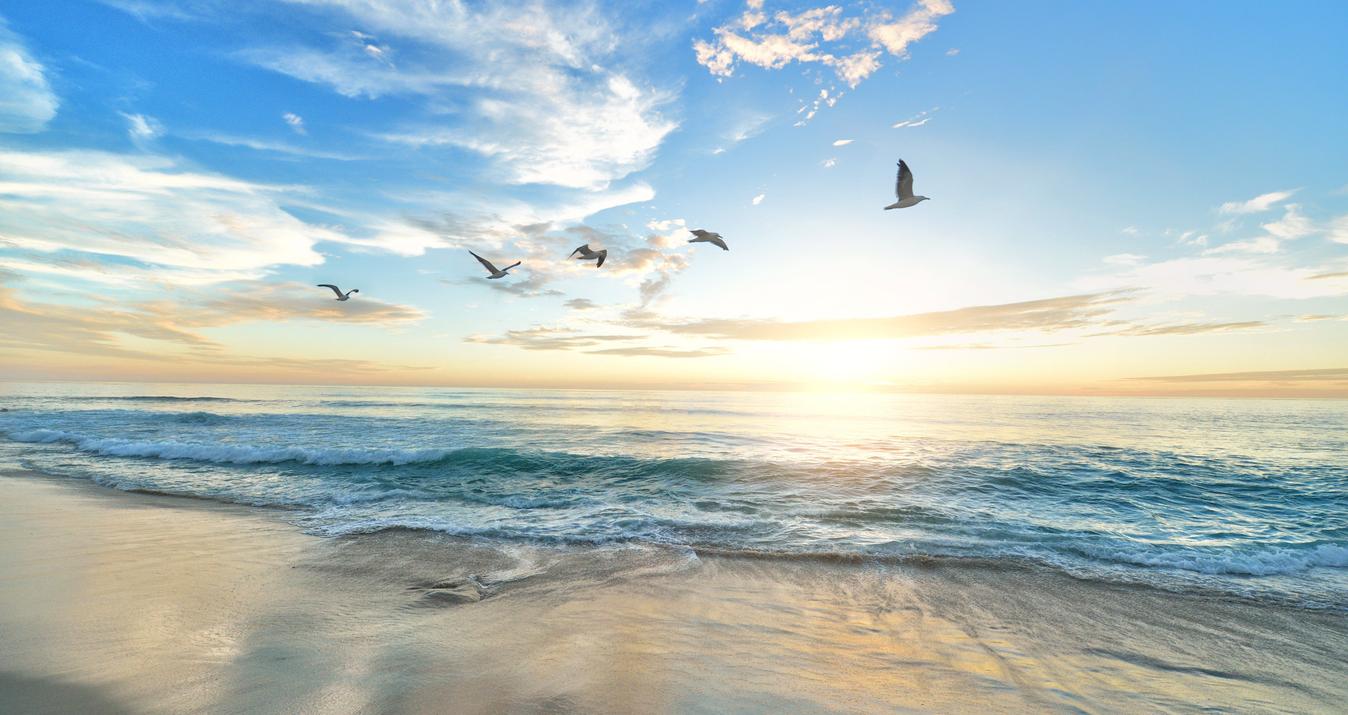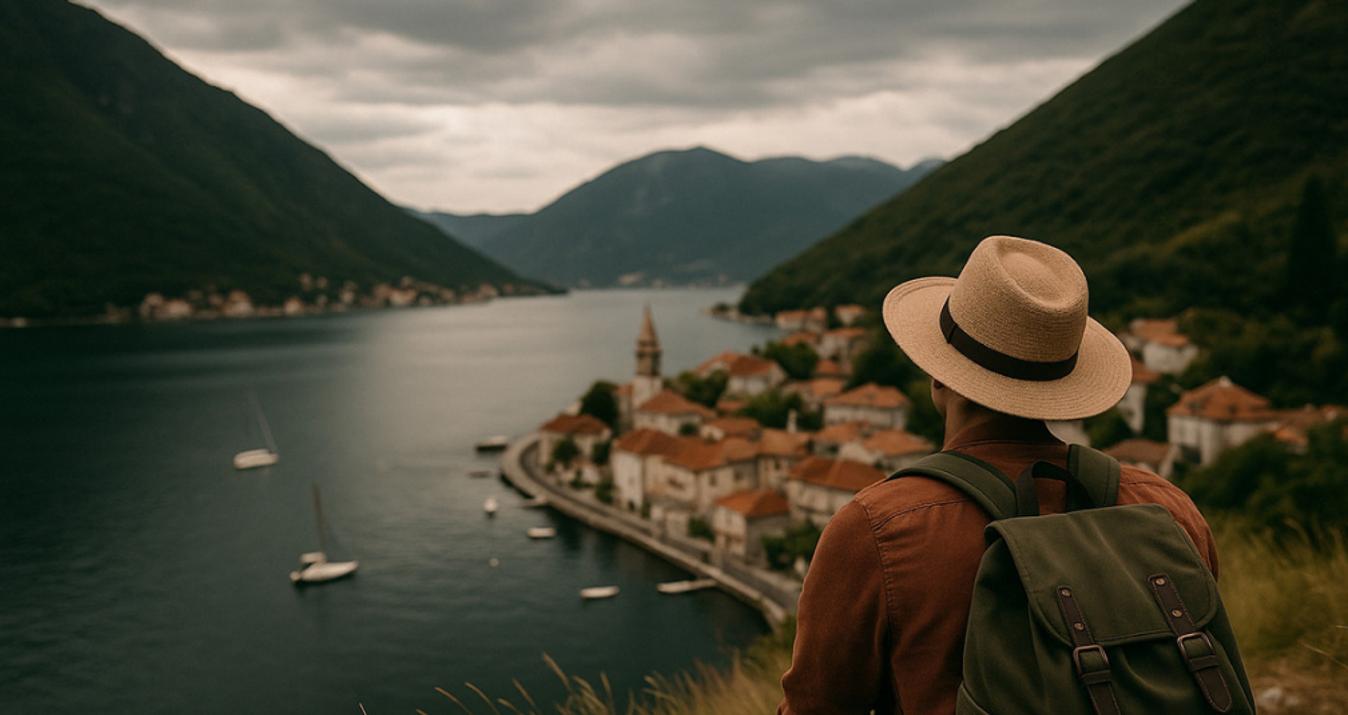Self-Portrait Photography
Last Updated on June 24, 2025
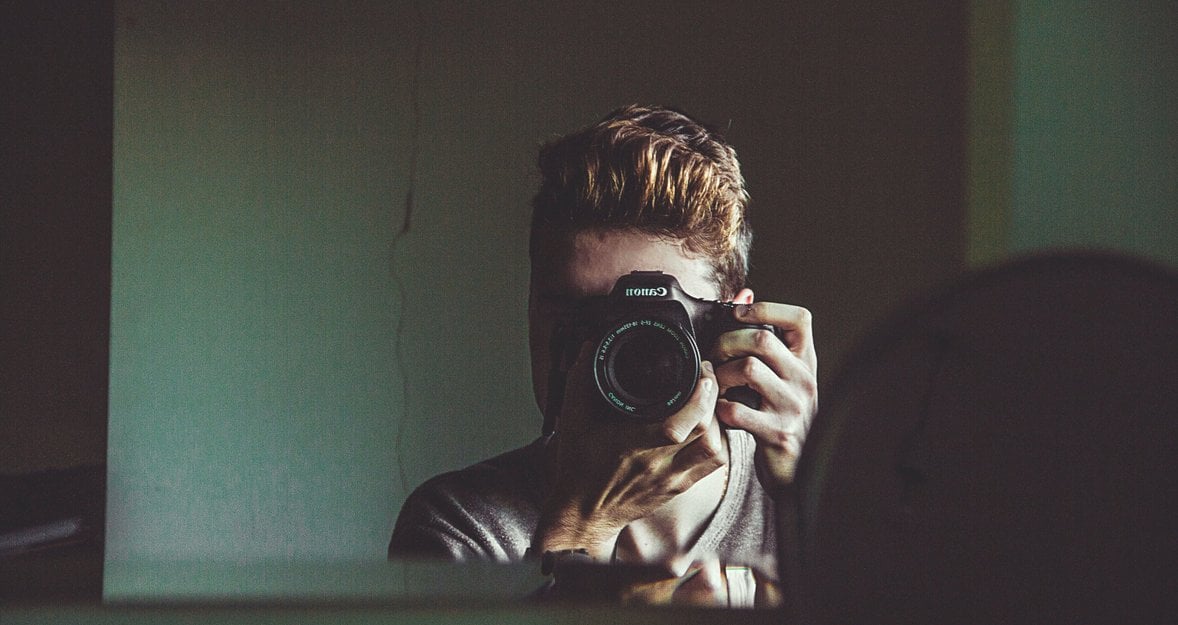
Step in front of the lens and explore self-portrait photography. Learn what it is, discover creative ideas, get practical tips, and find inspiration to capture your true self in unique ways.
You take photos of subjects, but have never been the one in front of the camera? You may be scared of the unknown or simply unsure of where to start. Now is the moment to let go of the camera and face yourself by seeing your feelings, stories, and mysteries as a whole.
Let’s find out in this article what self-portrait photography is, discover some original ideas, pick up a few tips, and explore some insights that are out of the ordinary.
What is Self-Portrait Photography?
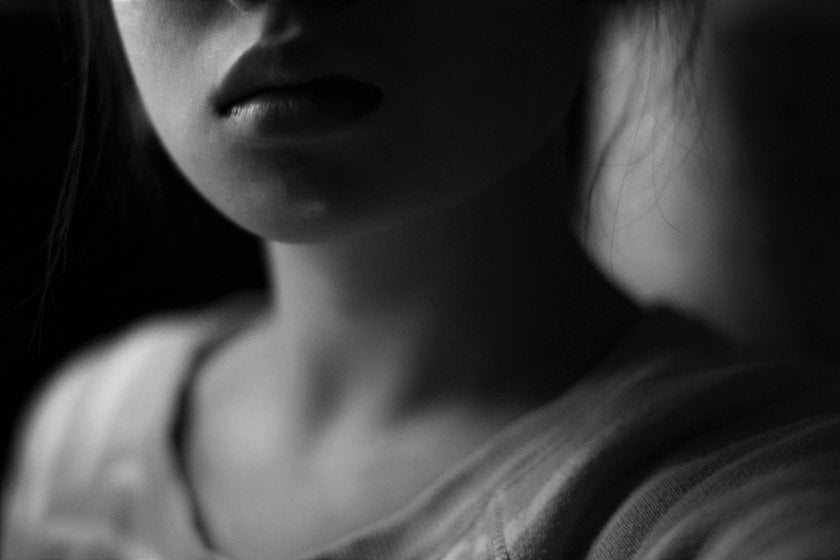
Self-portrait photography is a genre of photography where the photographer acts as both the author and the model. Personal portrait focuses on someone’s image to show how they feel, who they are, or a slice of their story.
Unlike selfies, self-portraits are carefully planned, often adhering to artistic principles such as lighting, composition, props, and location. Artists have used this form of photography since the earliest days of camera invention. The first self-portrait was taken in 1839 by American photographer Robert Cornelius.
Self Portrait vs Selfie: What's the Difference
In the early 2000s, an Australian internet community first introduced the word "selfie," but it gained popularity in the 2010s. Selfies are photos taken at the last minute with a phone's front-facing camera, usually shared immediately.
Self-portraits gained popularity as a genre during the early twentieth century. They consist of explaining yourself using meaning, purpose, and abilities, which helps others see who you are.
Why Self-Portrait Photography is More Than Just a Trend
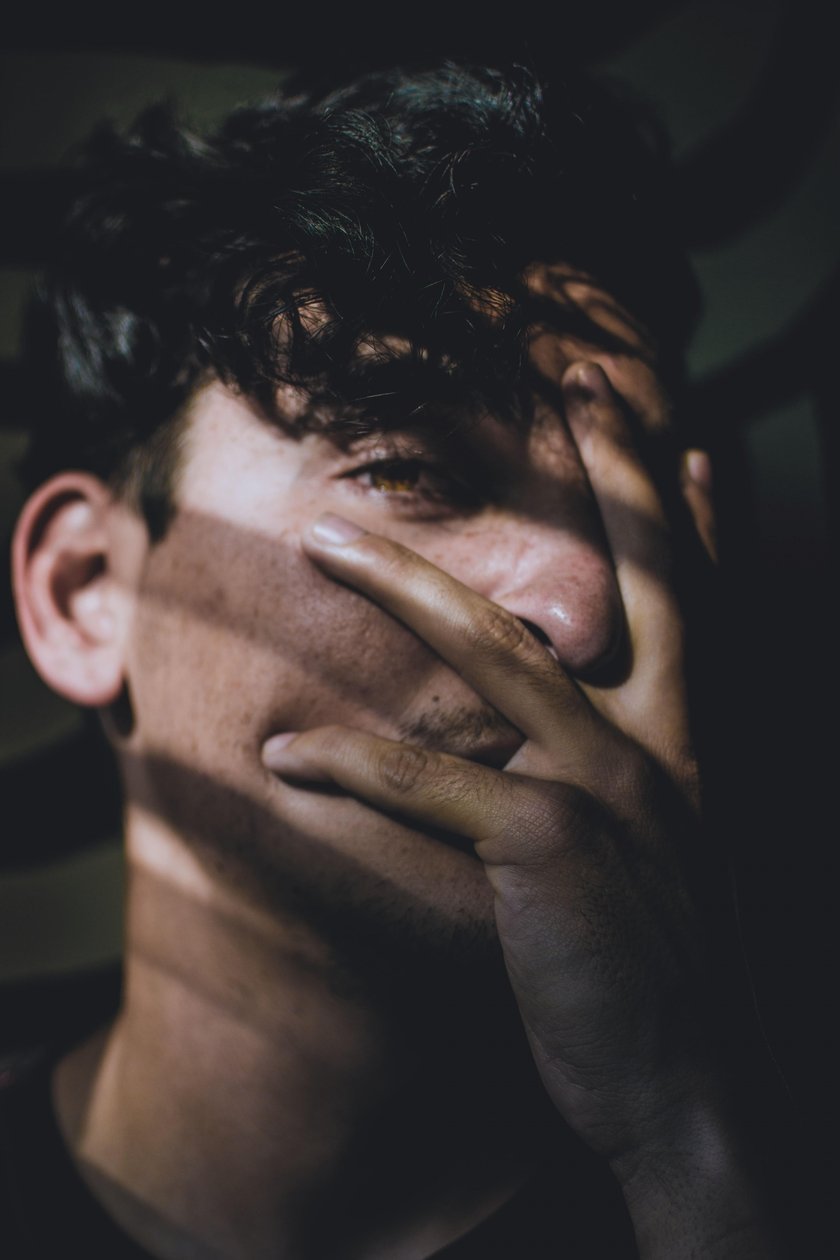
Some view self-photography as merely a passing trend, but it is not true. Let’s see what makes it still valuable today.
1. Self-Expression and Creativity
As legendary photographer Dorothea Lange once said, "Photography takes an instant out of time, altering life by holding it still". A self-portrait takes that even deeper. Through self-portraiture, individuals can explore their identity, experiment with their appearance and style, and refine their creative and technical photography skills.
2. Convenience and Full Creative Control
Self-portrait photography gives you total control over the entire process: from planning the concept and choosing the location to directing the lighting, poses, and composition. You also get to take charge of the editing, shaping a final image that reflects your vision, your mood, and your story, exactly as you see it.
3. Self-Portrait Therapy: A Tool for Self-Discovery
Being in front of the camera can help you gain a deeper understanding of who you are and work to overcome your blocks. For example, through the use of photography in art therapy, people can express feelings such as anxiety, hope, doubt, and enjoyment.
4. Exploring Identity Through Self-Portraits Photography
Besides appearance, self-portraits illustrate "deeper elements" of our identity, such as our values, emotions, cultural influences, and inner conflicts. For example, through self-portrait photography, people gain insight into what is inside themselves, both on a personal and social level.
5. Documenting Personal Growth and Milestones
Self-portraits can visually document external changes and internal shifts. It allows you to see yourself grow and be able to see your self-perception shift, your confidence, and how you’re able to adapt to different situations. Photographers can also track their improvement in technical skills, creative development, and artistic vision.
6. Preserving Memories with Self-Photography
Photographing yourself is like keeping a personal visual journal, allowing you to capture your feelings, moods, and life events that can bring back memories many years later. An AI background remover lets you get rid of clutter, so what’s left is just you and the focus of the scene.
By revisiting your photos, reflecting on them, and recalling your memories, you’ll analyze your changes.
Finding Your Unique Style in Self-Portrait Photography

By taking a self-portrait photo, you have the chance to explore, mix methods, and add visuals to find your unique style.
Discovering Your Visual Language
Try to alter your visual expression through composition, color schemes, lighting, body language, and symbolism. Then look at styles and topics that are repeated. Find out if you prefer detailed images or slightly blurry ones, and whether you want bright light or deep contrasts. Select some unique visual elements that will define your special style and set your identity apart.
Best Self-Portrait Photographers to Follow
Did you hear about the book "Steal Like an Artist"? If not, add it to your reading list. Austin Kleon explains that rather than plagiarizing, our ideas are often sparked by studying the work of others. Learn from those who are talented, utilize their skills, and add your unique input to make it your own.
American artist Cindy Sherman uses cosmetics, everyday outfits, and various details to portray different roles in her self-portraits. The series of "The Untitled Film Stills" pictures is perhaps her most famous collection. They give the impression of being stills from classic Hollywood movies.
Irina Shkoda, a Ukrainian photographer, became worldwide famous after winning the award this year for best photography. Using the project "I Am Here for You," she explores the experiences of living as a refugee in France, from community acceptance to changes in cultural habits.
Inspiring yourself with creative works of others can make your portfolio stand out and be a way to showcase your originality.
Using Props and Locations to Improve Your Photo Self-Portrait
Providing accurate details can reveal your character, convey your message, or evoke an emotional tone. These special props may be an old book, a musical instrument, or something else that holds great importance for you. Don’t forget to pay attention to vistas, roads, designer places, or outdoor areas. See which backgrounds and decorations feel the best for your profile.
Exploring Emotion and Mood in Self-Portrait Photographs
Sharing emotions is best conveyed through the way you pose and the expression on your face. Being open with your posture means feeling confident; a closed posture indicates that you are uncomfortable or stressed. Before shooting, try to experiment with poses in front of a mirror.
Equipment for Self-Portrait Photography
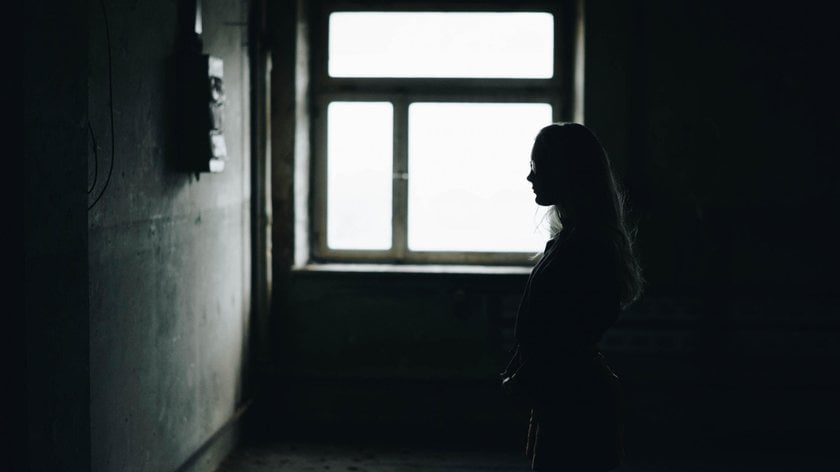
Your gear should keep things steady, let you control the camera easily, and manage every part of the shoot.
Camera options. DSLRs and mirrorless cameras that support lens swapping are excellent options for achieving better results and greater control over your photography. A wide aperture lens, such as a 35 mm or 50 mm f/1.8, provides a nice background blur and is helpful in all sorts of lighting conditions.
Tripods and supports. Using a tripod allows you to position the camera at the perfect height and angle, freeing your hands to focus on posing. There are many types — from small table tripods to big professional ones.
Remote shutters and timers. A remote control or timer allows you to stop the camera from shaking, giving you time to pose. Many cameras can also be controlled with a smartphone. Intervalometers are handy if you want to take a series of photos at a set interval.
Lighting gear. Soft boxes, LED lights, reflectors, and diffusers let you shape the light, soften shadows, highlight your face, and set the mood.
The basic gear is a foundation for developing your skills in self-portrait photography, allowing you to try out many styles and ways of shooting.
For those who have doubts about which is better: Canon or Nikon, the best brand depends on your tastes, how you take photos, and your budget, as each offers excellent cameras.
Camera Settings for Self-Portrait Photo
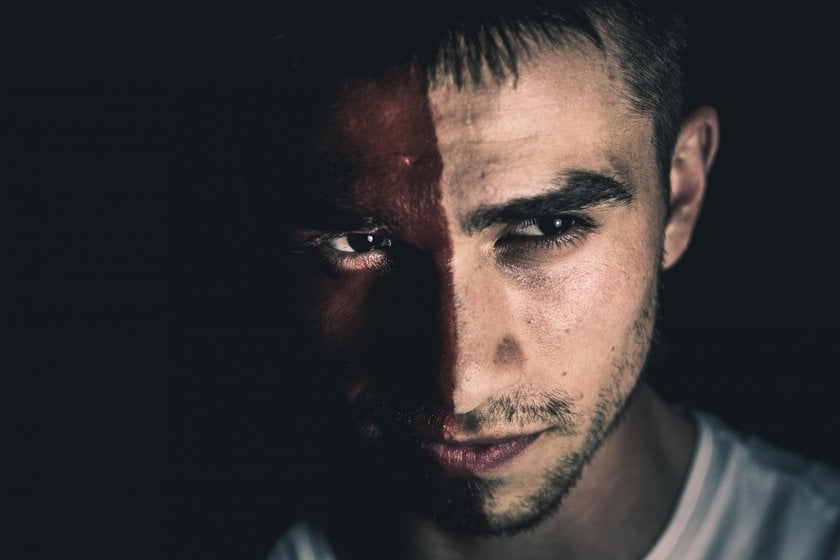
Select the appropriate settings based on your shooting location and conditions. The table below provides suggestions for each parameter, which may help you quickly achieve your results.
Parameter | Recommendations | Description and Application |
Low Shutter Speed | 1/30 s or slower | For artistic motion blur effects, suitable for static poses and creative experiments. |
High Shutter Speed | 1/160 s or faster | For sharp and clear self-portraits, especially when movement needs to be frozen. |
Low ISO | 100–400 | Minimal noise, ideal for shooting in well-lit conditions. |
High ISO | 800 and above | Used in low light, but may introduce grain (noise). |
Wide Aperture | f/1.8 – f/2.8 | Creates soft background blur (bokeh), focusing on the face and emphasizing the main subject. |
Narrow Aperture | f/5.6 – f/8 | Provides more depth of field, useful for shots with detailed backgrounds or group portraits. |
If your photo has some noise, you can easily denoise images with popular AI software. First, take test photos, then adjust the settings according to the lighting and the desired outcome.
How to Take Stunning Self-Portraits Without a Studio
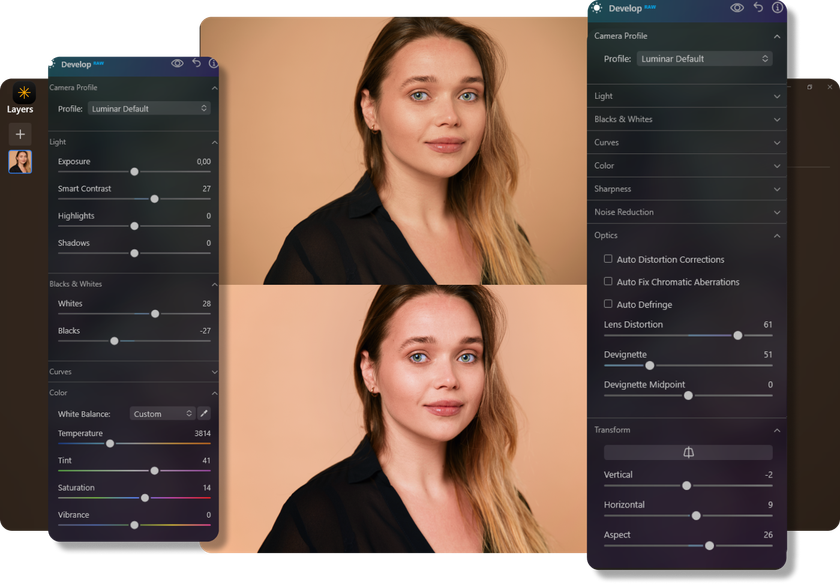
This chapter offers valuable advice on creating self-portraits in photography without the need for specialized equipment. Let's take a look at these five recommendations:
How to Take Self-Portraits with a Phone
On an iPhone, set the camera to "Portrait" and control the depth slider. Zooming with a factor of 1, 2, or 5 will help you get a sharp crop, but don’t use the digital zoom. Touch your screen to set the camera’s focus and use the brightness slider to make the lighting correct. Remember to wipe that lens down first before you begin.
Don't worry if you notice facial imperfections; just use a skin photo editor to soften and smooth them just enough.
Self Portraits Without a Tripod
Even without a tripod, you can still use everyday objects to stabilize your camera. Place your phone or camera on a flat surface, like a table, windowsill, stack of books, or a bench. Try using a timer or remote shutter on your camera so you can take a photo without having to touch it. Using a selfie stick or monopod will make your camera more stable and let you change the shooting angle more conveniently.
Self-Portrait Photography on Film
Because technology makes it so easy to turn film self-portraits into digital images and post them online, such photos remain popular. However, before shooting, you must set the focus manually, use a delay, and plan your poses carefully.
Nailing the Focus in Self-Photography
Use autofocus with a specific focus area or, if your camera allows, select manual focus. With a tripod and timer, you can aim the camera at an object or marker ahead of time, then move into the correct position. Don’t forget about depth of field — a large aperture will blur out what is behind you, and a small aperture will focus everything in the frame.
Mastering Lighting Techniques
Soft, diffused light reduces harsh shadows and accentuates facial features. A classic lighting setup for portraits is loop lighting, where the light source is positioned at a 30–45° angle and slightly above eye level, creating a soft nose shadow on the cheek and adding depth and dimension.
When taking self-portraits, avoid direct, harsh sunlight, especially during midday. It can create unflattering shadows and highlight skin imperfections. Experiment with colored lighting, such as neon lights or LEDs, to add a creative and artistic touch to your self-portraits.
Self Portrait Photography Poses
Selecting the right pose can highlight the subject’s features, hands, or figure. It will create a deeper impression and make the picture interesting. Practice various poses and choose the ones you feel suit your personality.
1. Experimenting with Hand Positions
 Do not press your hands against your face too firmly. Instead, try placing them near and softly touching your cheek or chin. Start with inspiration, using common poses for men, or draw ideas from common photo poses for women. Like an example, change your hand placement by running your fingers through your hair, holding items in the scene, and stroking your neck.
Do not press your hands against your face too firmly. Instead, try placing them near and softly touching your cheek or chin. Start with inspiration, using common poses for men, or draw ideas from common photo poses for women. Like an example, change your hand placement by running your fingers through your hair, holding items in the scene, and stroking your neck.
2. Seated and Relaxed Poses
 Try sitting sideways, turning your head toward the camera, or crossing your legs with your hands. You can also try leaning on one hand or gently holding your chin. Sitting on the floor with your knees drawn up creates a sense of intimacy and comfort, while reclining slightly with your arms loosely placed by your sides conveys a naturalness.
Try sitting sideways, turning your head toward the camera, or crossing your legs with your hands. You can also try leaning on one hand or gently holding your chin. Sitting on the floor with your knees drawn up creates a sense of intimacy and comfort, while reclining slightly with your arms loosely placed by your sides conveys a naturalness.
3. Incorporating Movement for Energy
 Sometimes, emotions are best conveyed through pictures with accompanying movements, such as head turns, facial expressions, or dancing. It is a chance to try out many poses, angles, and lighting. Using image editing software, it’s possible to add light effects, more textures, or change the colors.
Sometimes, emotions are best conveyed through pictures with accompanying movements, such as head turns, facial expressions, or dancing. It is a chance to try out many poses, angles, and lighting. Using image editing software, it’s possible to add light effects, more textures, or change the colors.
4. Expressing Vulnerability and Strength
 With photo self-portraits, photographers express their profound thoughts, struggles, uncertainties, and the courage they draw upon to navigate life’s challenges. It allows one to understand emotions better, makes the experience seem easier to deal with, and turns this into an artistic form.
With photo self-portraits, photographers express their profound thoughts, struggles, uncertainties, and the courage they draw upon to navigate life’s challenges. It allows one to understand emotions better, makes the experience seem easier to deal with, and turns this into an artistic form.
5. Engaging with Surroundings and Props
 Even having just a few things, such as flowers, fabrics, mirrors, or accessories, can make the photo more atmospheric and evoke emotions. You can use props to show your personality or the theme of your photographs. Look at the setup and how props are set to be sure they are balanced around you and help highlight the idea in the frame.
Even having just a few things, such as flowers, fabrics, mirrors, or accessories, can make the photo more atmospheric and evoke emotions. You can use props to show your personality or the theme of your photographs. Look at the setup and how props are set to be sure they are balanced around you and help highlight the idea in the frame.
Tips for Taking Self-Portraits
You won’t need expensive gadgets; just start with these four simple tips to avoid making errors in your self-portraits.
Planning Your Shoot: From Concept to Execution
The first step in planning a photoshoot is to decide on a theme, type of lighting, and your style. Factor in the location, light, accessories on set, and clothing to reflect what you have in mind. Have a shot list or decide on positions so you make the most of your time. Charge your phone or camera, place the tripod where you need it, start the remote control, and set up the camera to your preferred settings.
Editing Self-Portraits for Maximum Impact
With post-processing, you can regulate exposure balance, change contrast, adjust white balance, and sharpen. A soft retouching on the face will improve the quality of your shot, but be careful not to alter it too much. To give your self-portrait photography a different mood, play around with various colors and presets.
Staying Consistent with Your Style
Decide on a particular color range, a type of lighting (natural or artificial), and favorite angles in your shots (frontal, side, or close-up). Choose one or a couple of poses that highlight your character. Instead of big changes, just add style details little by little to keep the look consistent.
Experimenting with Angles and Perspectives
Shoot self-portraits photography from overhead, under the object, on the side, or using intervening objects. Try to use your wide-angle or macro lens. When you look at yourself from a different perspective, it changes your facial features, adds depth to your photo, and makes your portrait unique.
Luminar Neo for Self-Portrait Photography Editing
 It is the best photo editor for improving self-portraits with its wide range of specialized features. Features like Face AI let you edit your face’s details, Skin AI automatically smooths your skin without removing its details, and Body AI allows you to change your body shape. Using the tool, you can easily give your self-portrait photograph a professional background blur, making your subject stand out even under challenging conditions.
It is the best photo editor for improving self-portraits with its wide range of specialized features. Features like Face AI let you edit your face’s details, Skin AI automatically smooths your skin without removing its details, and Body AI allows you to change your body shape. Using the tool, you can easily give your self-portrait photograph a professional background blur, making your subject stand out even under challenging conditions.
Elevate Your Photography with Our Advanced Software
DISCOVER PRICINGLuminar Neo helps you easily adjust exposure, contrast levels, colors, and effects, such as High Key or vignette. The interface is easy to use, and ready-made presets are included.
Haven’t decided between Luminar vs Lightroom? One is speedy with AI, and the other gives you complete manual control. Both work well for creative projects.
FAQ
What is self-portrait photography?
A self-portrait is a representation of oneself, designed to show how one looks but also to reveal the mood, character, and inner thoughts of the creator.
How do you take a professional self-portrait photo?
Try to take your photographs with natural light and ensure your camera remains still while capturing the shot. Use a timer or a remote. Experiment with your angle and position, and then make edits.
Can a photo self-portrait be of someone else?
If you shoot, but you are the photographer, not the model, it is called a portrait, not a self-portrait.
Are self-portraits photography or art?
Self-portraits are also a form of art that blends creative self-expression with technical skill. They belong to the portrait genre. Like painting or drawing, self-portrait photography has a long past and many approaches.
Can self-portrait photography be full-body?
Yes, self-portraits can be full-body shots. To achieve this, make sure you have enough space in front of the camera to fit your entire figure.


